Air temperature and RH sensor
Separate Sensors vs. All-In-One (AIO)? A practical guide to choosing
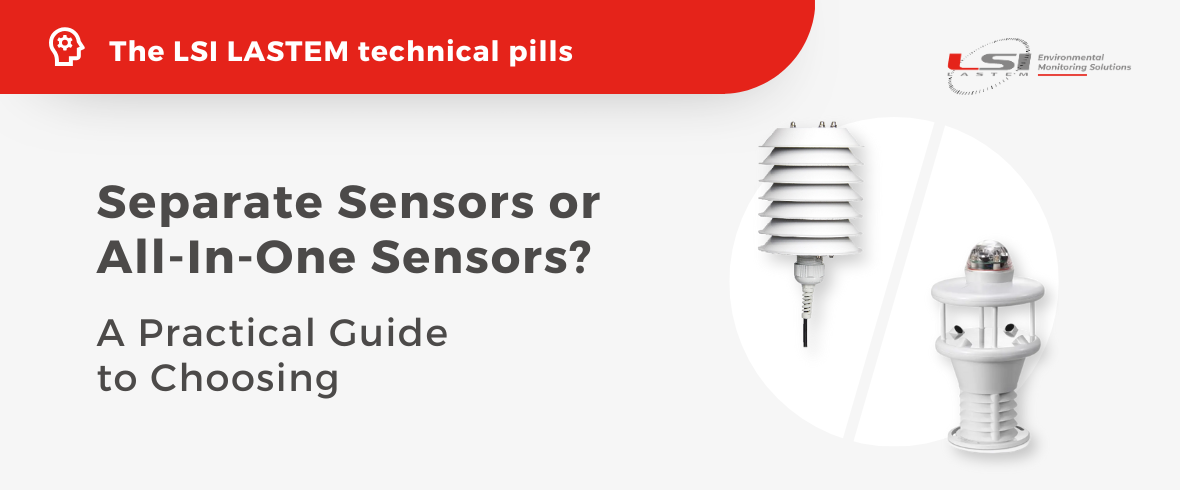
When it comes to designing a weather station or environmental monitoring system, one of the decisions to make is which type of sensors to use: should you opt for a solution with separate sensors or an All-In-One (AIO) solution?
This technical pill analyses the advantages and disadvantages of both solutions and the factors to consider to help guide the selection process.
Two approaches, two philosophies
The choice depends on several factors: desired accuracy, type of application, energy consumption, maintenance requirements, system upgradeability, and much more.
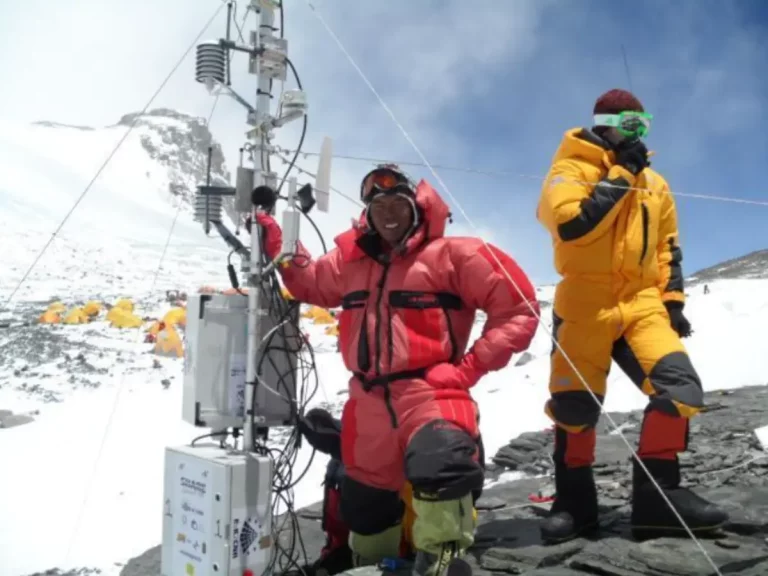
Separate sensors: each weather parameter is detected by a dedicated sensor.
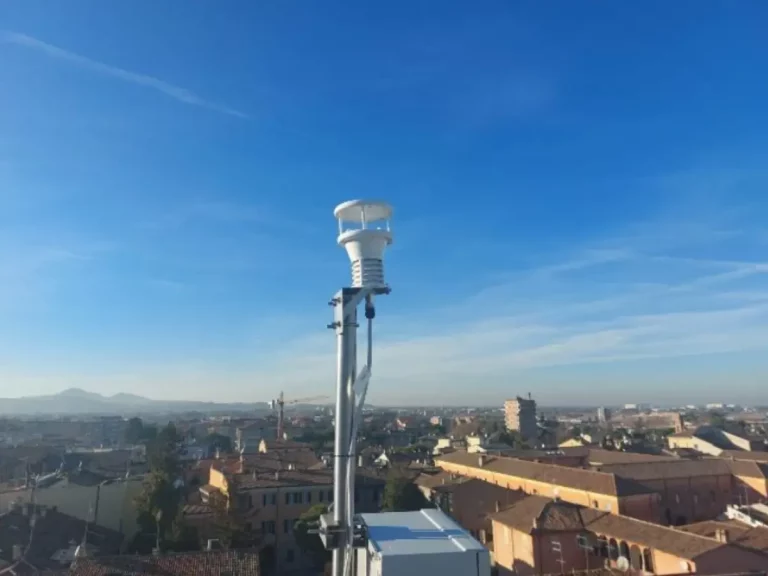
AIO sensors: a single sensor integrates multiple sensing elements, detecting several variables with a single unit.
What variables are monitored?
The seven meteorological quantities usually included in a typical station are as follows:
- Air temperature;
- Relative humidity;
- Wind speed;
- Wind direction;
- Atmospheric pressure;
- Solar radiation;
- Rain.
Separate sensors: precision and flexibility
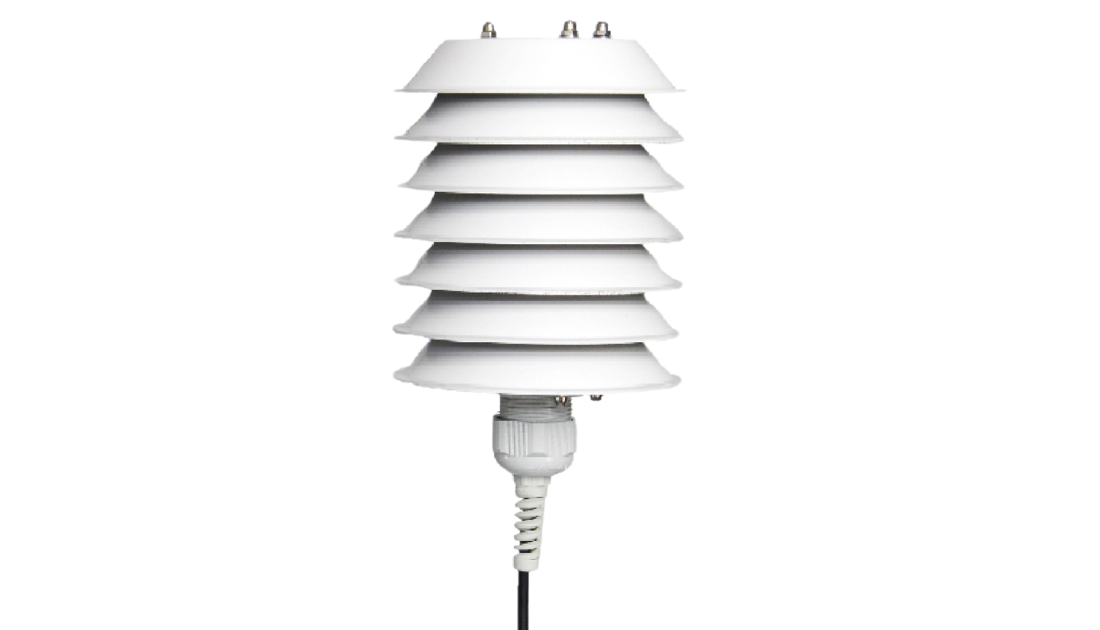
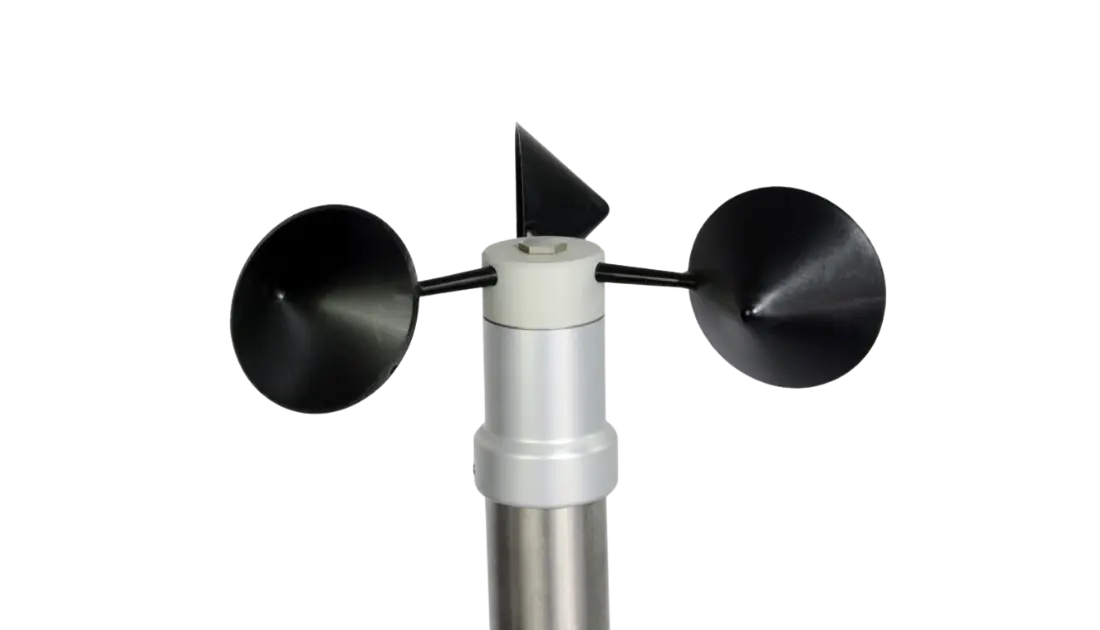
Wind speed sensor
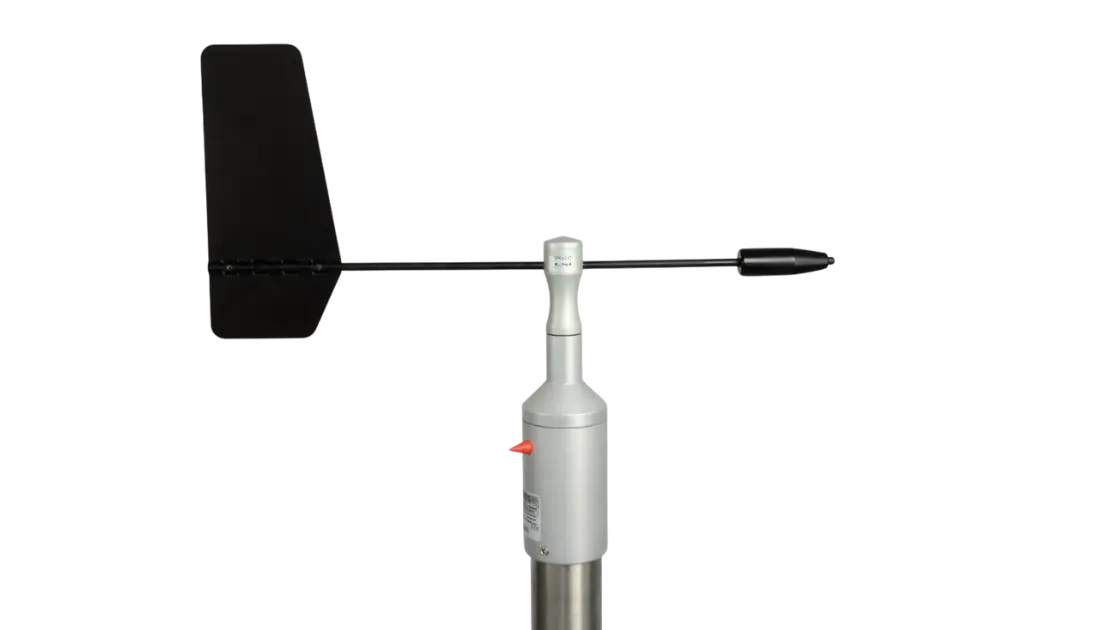
Wind direction sensor
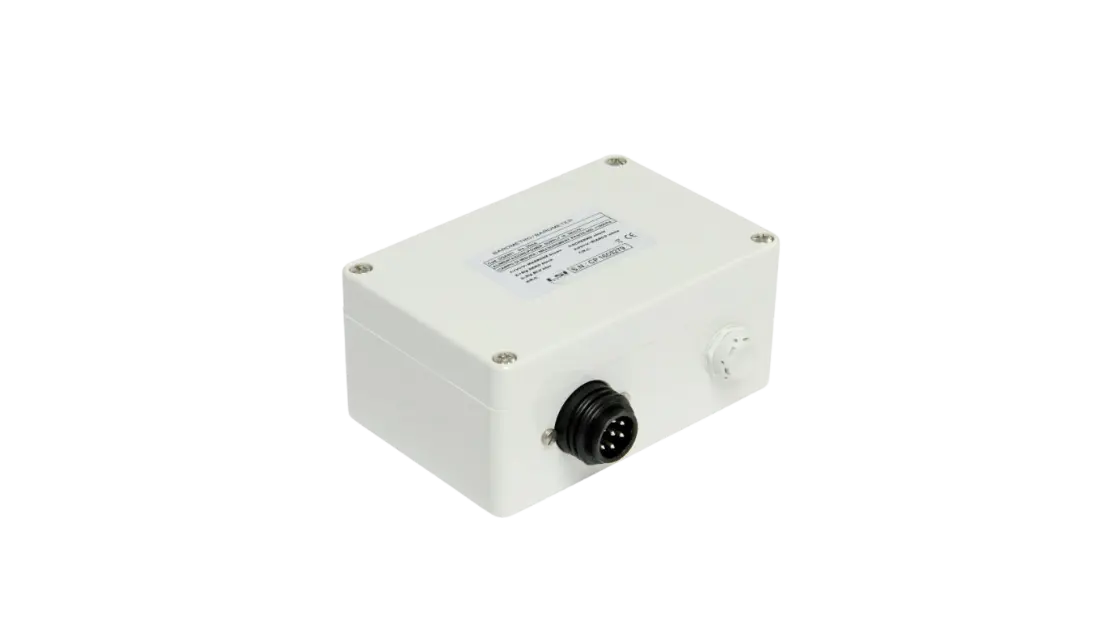
Pressure sensor
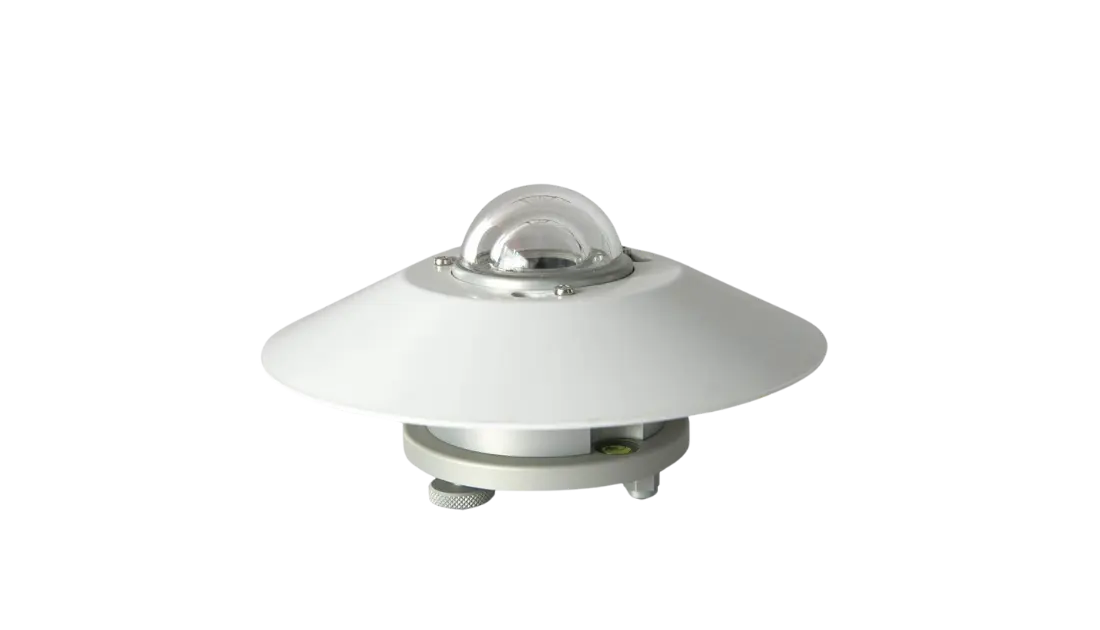
Solar radiation sensor
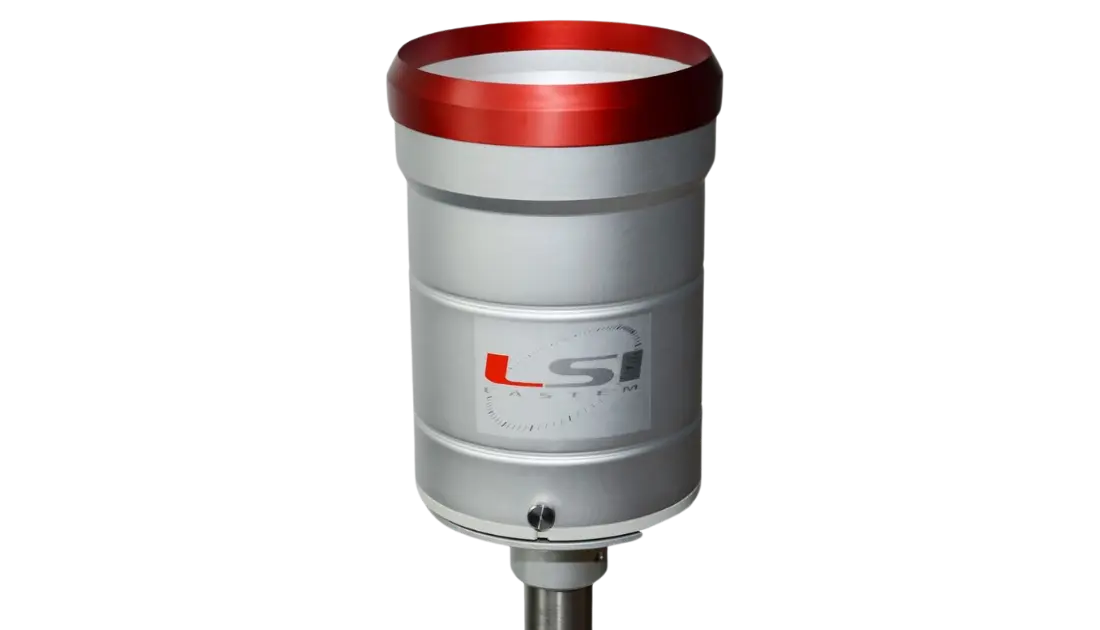
Rain sensor
Single sensors are devices designed to detect one or two meteorological variables at a time. They are ideal when the goal is to obtain accurate data that conforms to international standards (typically the requirements expressed by the WMO – World Meteorological Organization).
Key benefits of single sensors
- Flexible replacement: in case of failure, individual sensors can be replaced or repaired without compromising the entire system;
- Optimized performance: each sensor can be selected independently, allowing the most fit-for-purpose technology for each parameter; in addition, for stations where only a few parameters are required, the choice of AIO sensors may be oversized;
- Optimal positioning: individual sensors can be installed at the heights recommended by WMO guidelines (e.g. wind sensors at 10 m, rain gauges at 1 m, temperature and humidity sensors at 2 m);
- Versatile output options: they support analog and digital signals, facilitating integration with a wide range of data acquisition systems;
- Energy efficiency: they consume less energy than AIO sensors, making them more suitable for off-grid applications.
Factors to consider for single sensors
- More complex installation: requires a more robust structure and more complex wiring;
- Larger footprint: requires brackets, arms, cables and wiring, making the installation bulkier and heavier;
- Logistical challenges: transportation, shipping and installation are more demanding;
- Requirement for data loggers with a greater number of input channels: requires devices with more input channels compatible with the outputs of the different sensors.
All-In-One sensors: practicality and compactness
AIO sensors integrate multiple sensing elements into a single, compact unit, simultaneously detecting different parameters at the point where they are installed. They are the ideal choice when simplicity and speed of installation are a priority.
Key benefits of AIO sensors
- Easy installation: one device to mount and wire;
- Compact and lightweight design: perfect for portable or temporary stations;
- No moving parts: the wind sensors are ultrasonic, they have no moving parts;
- Lower overall cost: for the same number of quantities acquired, AIO sensors are usually cheaper than the purchase and installation of several separate sensors;
- Ideal for mobile applications: Great for relocatable stations.
- Single data output: AIO sensors often have a digital output (RS485 Modbus or similar) and can be sampled by the most common acquisition systems, using a single input.
Factors to consider for AIO sensors
- Higher maintenance: equipped with an ultrasonic sensor for wind measurement, they require regular cleaning to maintain measurement accuracy;
- Lower flexibility and accuracy: individual transducers cannot be optimized for the best selection of measurement technology and accuracy;
- System dependency: if a single component fails or requires calibration, the entire sensor must be removed, thus interrupting data collection;
- Higher power consumption: less suitable for remote or off-grid locations;
- Non-compliance with WMO standards for location: WMO guidelines recommend installing multiple sensors at specific heights, which is not possible with AIO sensors;
- Heater interference with temperature measurement: in some AIO sensors, the heater can affect temperature readings if not adequately shielded.
Direct comparison: summary table
Feature | Separate Sensors | AIO Sensors |
Replacement capability | 🙂 | |
Performance | 🙂 | |
Placement | 🙂 | |
Output type flexibility | 🙂 | |
Number of data logger inputs | 🙂 | |
Power consumption | 🙂 | |
Overall dimensions | 🙂 | |
Installation complexity | 🙂 | |
Logistics effort | 🙂 | |
Cost | 🙂 | |
Overall maintenance | 🙂 | |
Heater effect on temperature measurement | 🙂 | |
WMO standards compliance | 🙂 | |
Portable station application | 🙂 |
How to choose the right sensor?
1. Application requirements
To ensure maximum accuracy and alignment with international standards, separate sensors are the most suitable solution. On the contrary, when the priority is compactness, lightness, simplicity and speed of installation, AIO (All-In-One) sensors are more suitable.
2. Flexibility over time
Systems based on single sensors allow modular expansions and upgrades, replacing only the necessary components. AIO sensors, on the other hand, require the replacement of the entire unit in case of intervention.
3. Energy consumption
In off-grid contexts or in situations with limited energy resources, single sensors, when chosen with direct output from the sensing element, usually offer lower energy consumption.
4. Compatibility with the data logger
Make sure that the single sensors selected integrate with the inputs of the available data loggers, each sensor may have a different output that must be read by the selected data logger. Most AIO sensors use RS485 digital output with Modbus protocol, therefore, it is essential to verify this compatibility with the data logger.
5. Maintenance and accessibility
If maintenance is not frequent or easily manageable, separate sensors offer greater operational reliability. However, AIO sensors, having no moving parts, are less susceptible to mechanical failure.
6. Logistics
You must consider the size, weight and shipping costs of separate sensors compared to AIO units.
Conclusions
The choice between single sensors and all-in-one (AIO) sensors depends on several factors, such as accuracy requirements, energy availability, and maintenance capabilities, among others.
- Separate sensors: Offer flexibility and accuracy and are ideal for WMO-compliant weather stations and research applications.
- AIO sensors: These are a compact and easy-to-install solution, making them suitable for industrial, road and portable weather station applications.
Accurate supply/demand analysis is essential to determine the best option for a given project.
